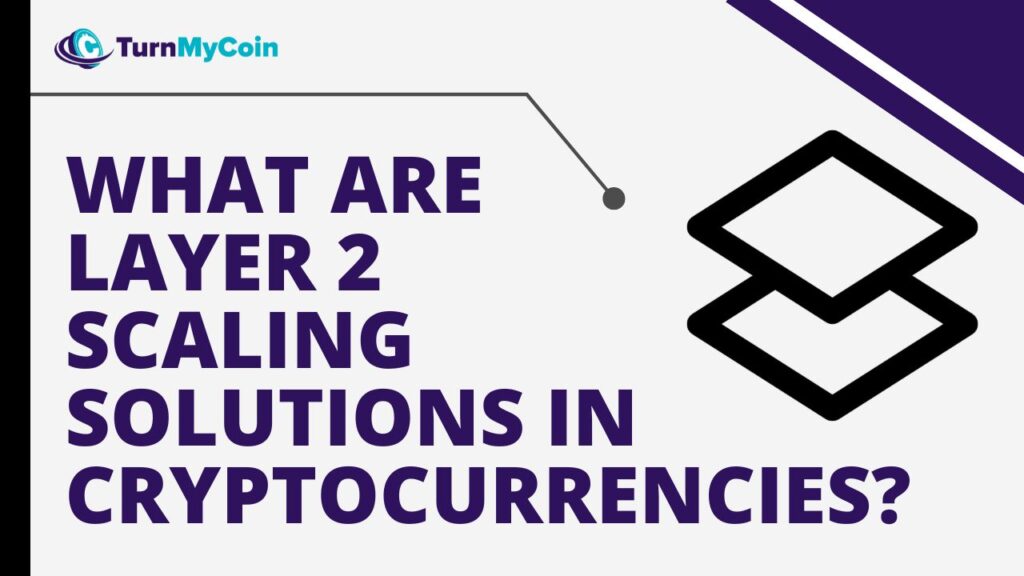Last updated on March 7th, 2023 at 11:59 am

Introduction
The blockchain community is in the midst of a moon race as it tries to discover scaling solutions to fulfill demand without losing security or decentralization – the traditional blockchain trilemma.
The rapid rise of decentralized finance, NFTs, and gaming has caused bottlenecks and high processing fees on the Ethereum network. It can only execute a few transactions per second, rendering many dApps unusable at times.
The shift of Ethereum to a proof-of-stake distributed network may alleviate some of the burdens on layer 1. This will happen with sharding. Sharding will help separate the Ethereum network into multiple chains or shards to:
- distribute the load,
- reduce congestion, and
- increase transactions per second.
Nevertheless, the full implementation is still years away and involvement isn’t slowing down anytime soon. Consequently, there’s an urgent need for integrated solutions has accelerated the implementation of crypto layer 2 solutions.
Crypto Layer 2 solutions run in the background of Ethereum’s layer 1, rather than attempting to enhance performance at the base layer.

Introduction to Layer 1
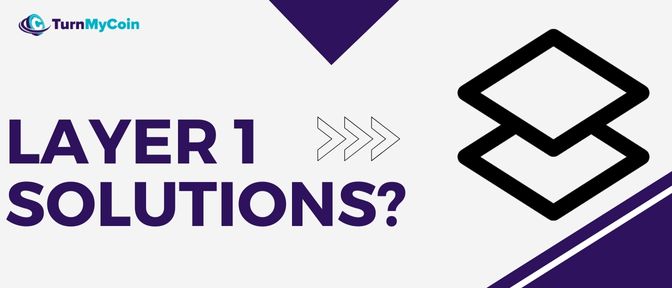
So, what exactly is layer 1? It is a blockchain platform’s basic network and underlying infrastructure. The main network validates and finalises all on-chain transactions without relying on another network.
This means that the ecosystem’s rules are defined by the base layer. Native tokens are also utilised in L1 systems for transaction fees or gas fees.
Every base network uses its own consensus process, like proof-of-work (PoW) and proof-of-stake (PoS). However, the blockchain trilemma is a well-known notion in the industry in which a network can achieve two of the three key aims:
- Security,
- Scalability, and
- Decentralisation
but not all three at the same time. Vitalik Buterin, Ethereum’s co-founder, popularised this.
Layer 1 blockchains, like Bitcoin and Ethereum, prioritize decentralisation and security over scalability (ability to process a large number of transactions). Layer 2 protocols come into play here to address scalability difficulties, developers construct L2 solutions on top of L1.
Do layer-1 blockchains overcome scalability difficulties in blockchain networks?
When the notion of blockchain technology was first introduced to the public with Bitcoin (BTC) in 2009, the major focus was on establishing a decentralised and secure distributed database system capable of transparent transaction capability.
It prompted the establishment of a native currency to facilitate payment for network transactions. It results in the birth of prominent cryptocurrencies such as BTC.
However, the blockchain ecosystem has expanded at an exponential rate. This expansion has highlighted the basic concern of slow transaction rates and the inherent lack of scalability given by layer-1 blockchains.
A layer-1 blockchain, like Bitcoin or Ethereum, is the foundation protocol that is used in combination with third-party crypto layer 2 protocols. It is also referred to as an L1 blockchain, mainnet, or principal chain.
Issue of Scalability of Layer 1 Blockchain
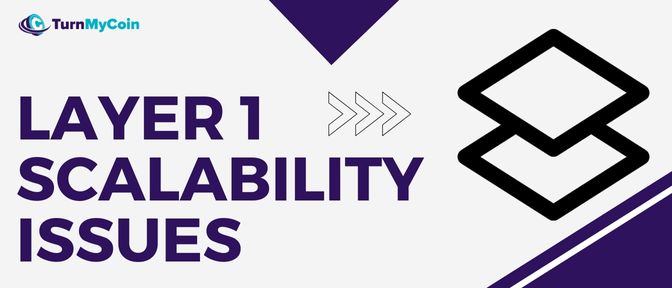
The main issue with blockchain network scalability stems from layer-1 blockchains’ use of the proof-of-work (PoW) consensus process. PoW necessitates a large number of computational resources to generate each block of transactional data on the system.
Furthermore, the volume of transactions that a layer-1 blockchain can process is inversely related to the time it takes to execute them. Consequently, resulting in higher transaction or gas fees on such networks.
Because layer-1 blockchains process and confirm transactions on their own blockchain, any modifications to the underlying protocol may disrupt its operation, making changing the consensus mechanism a dangerous endeavour.
In order to address this scalability issue, Ethereum, another layer-1 blockchain, intends to switch from its PoW consensus method to a proof-of-stake (PoS) architecture. PoS reduces processing requirements and improves efficiency of the blockchain.
It does relies on layer-1 scaling methods such as sharding to eventually expand to 100,000 transactions per second. Like in the case of the proposed Polkadot network.
Sharding, the more common of the two layer-1 scaling options, involves breaking down transactions into individual data sets and then parallelizing them using a horizontally divided processing technique.

However, giving validation power to the largest stakeholders in a PoS consensus architecture results in a type of centralization that must be addressed. This is a serious concern, particularly for financial applications.
What is a crypto layer 2 blockchain network? Why is it important?
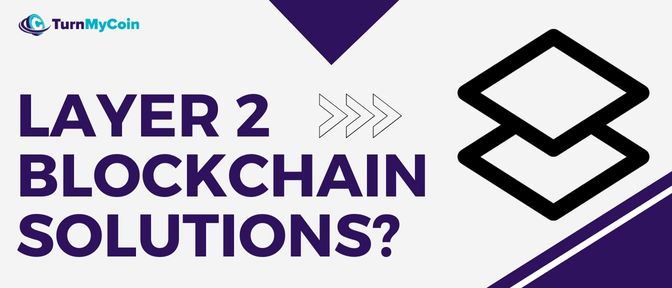
Despite the limitations of layer-1 blockchains in terms of scalability and speed, their growing popularity and the resulting abundant liquidity have resulted in the development of layer-2 blockchain alternatives such as:
- The Bitcoin-based Lightning Network or
- The Ethereum-based Polygon blockchain.
This layer-2, or L2 blockchain, solutions allow thousands of low-value transactions to be validated on parallel blockchains before being moved to the main blockchain, or main-net. This guarantees that they are immutably recorded.
Crypto layer 2 solutions, initially coined as a collective phrase to describe a specific collection of Ethereum scaling solutions, were designed to meet the demand that exceeded the blockchain’s 1+ million transactions per day capability.
Currently, these secondary blockchains are broadening their use cases in order to deliver a superior end-user experience. Secondary blockchain allow:
- Higher transaction rates,
- Cheaper gas fees, and
- the certainty that all transactions, once performed, are irreversibly logged on the mainnet.
Crypto layer 2 blockchain solutions successfully transfer the transactional burden onto their parallel network while de-congesting the mainnet. This guarantees that the mainnet manages important features of decentralisation, data availability, and security.

This addresses the scaling issue that has plagued layer-1 blockchains such as Bitcoin and Ethereum. Moreover, it also ensures that rigorous decentralised security requirements are available to decentralised apps (DApps). DApps are becoming increasingly popular today.
Are Sidechains Layer 2 solutions?
Sidechains are independent blockchains that function independently with their own consensus processes. They run simultaneously running in parallel to the Ethereum mainnet via a two-way bridge.
They provide developers with the same experience as the Ethereum mainnet. Also, the ability to launch DApps on these sidechains with relative simplicity.
Sidechains, on the other hand, aren’t really crypto layer 2 blockchains because they use a distinct consensus method. Also, they have a lower degree of decentralisation incorporated into their protocol.
State Channel
A State channel, also known as a payment channel, is another sort of bi-directional blockchain in which crypto money is placed in a smart contract on the layer-1 blockchain, and verified tickets are issued on the latter.
Popular instances include the Lightning Network. It allows users to transact quickly off-chain and afterward record the final data back to the Bitcoin mainnet.
Raiden Network is another state channel. It connects to the Ethereum blockchain and allows users to run smart contracts through it.
Plasma chains are linked to the Ethereum mainnet and use fraudulent proofs similar to Optimistic Rollups to validate transactions in the event of a dispute. They are preferred in cases where transactions are performed at high speeds with low gas fees between random users.

Nested blockchains, like plasma chains, involve many interconnected secondary chains running on top of the layer-1 blockchain. Nested blockchains, which form a parent-child connection, allocate work to these subsidiary or child chains and rely on the underpinning mainnet to determine settings for the entire network web.
Validiums are comparable to zero-knowledge rollups in that they are not prone to cyber-attacks and do not experience any delays while withdrawing funds from these blockchains.
They do, however, necessitate a large amount of computational energy and are not cost-effective for low-throughput applications.
Layer 1 vs. Layer 2 blockchains
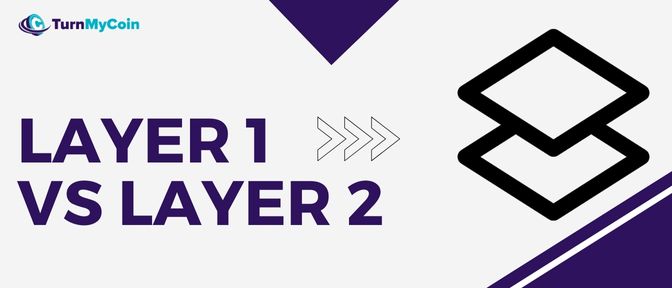
Notwithstanding layer-1 scaling solutions such as consensus protocol updates and sharding trying to make blockchains such as Bitcoin and Ethereum more scalable, they remain a work in progress, with numerous teams actively working on bringing user-friendly solutions to market.
Both methods, however, are attempting to solve the “scalability trilemma,” a term created by Ethereum founder Vitalik Buterin that refers to an unsolved issue in distributed ledger technology-based networks in which every node that confirms transactions cannot achieve decentralisation, security, and scalability at the same time.
While the judgment is still out on how successful these solutions will be, crypto layer 2 solutions are already enabling transaction speeds and prices that are suitable for scaling the blockchain ecosystem in order to fully realise the potential of this game-changing technology.
Numerous DApps are already using these solutions to deliver previously inconceivable experiences in gaming, Decentralized Banking (DeFi), and the Metaverse, as well as revolutionising established sectors such as finance, corporate governance, auditing, and many more.
Regardless of the benefits, the manner these blockchains validate transactions must be based on
- The use case and
- The possibility of verifiers
on the crypto layer 2 blockchain committing fraud must be carefully examined.
Having said that, new crypto layer 2 scaling solutions are continually being created, and this field will continue to garner a lot of attention, praise, and criticism.
Future of crypto layer 2 blockchains
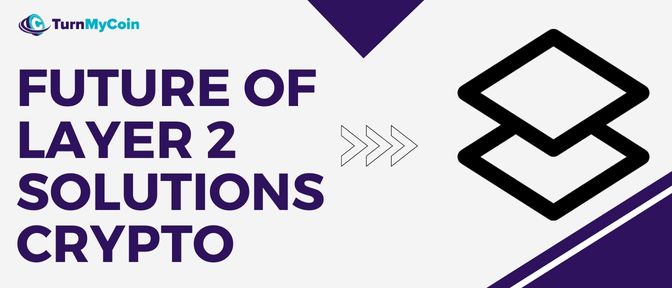
As real-world usage of blockchain technology grows, the emphasis on scalability, rapid transaction speeds, and cheap gas fees will drive advances across both L1 and L2 blockchains.
With L1 blockchains such as Ethereum offering significant improvements, such as modifications to the consensus mechanism and the introduction of mechanisms such as sharding, the influence on crypto layer 2 blockchains that are linked to them will be amplified.

Crypto layer 2 blockchains will accidentally be able to deliver significantly faster transaction times and lower costs to previously unseen levels. These benefits will surely drive the development of new applications, particularly in the DeFi domain.
Furthermore, by constructing more bridges across the various L2 blockchain platforms. Consumers will be able to reap the benefits of increased blockchain interoperability and open up new paths in sectors such as digital asset trading.
As a result, crypto layer 2 scaling solutions will play an important role in fostering a multichain future. By putting the onus on developers to guarantee that growth is sustained without compromising the ideals of security, decentralisation, and scalability for which blockchains are recognised.
To bring to the marketplace crypto layer 2 scaling solutions and DApps that will aid the world’s transition to a decentralised economy. The whole crypto sector will need to join forces, constantly develop, and interact with one another.
Conclusion
Layer 2 protocols are solutions that are constructed on top of a base network. It aids in the scaling of transactions and data. Crypto layer 2 acts as an extension or backup structure for their respective primary networks.
Layer 2 networks execute transactions in huge bundles before delivering transaction proof to the base layer. This is known as “off-chain” scaling because it relieves a significant amount of strain on the basic network.
L1 is concerned with security, decentralisation, and data availability, while L2 is concerned with scalability. Because the base network is less crowded, the entire blockchain ecosystem becomes more scalable. So, basically, it’s a collaborative effort.
